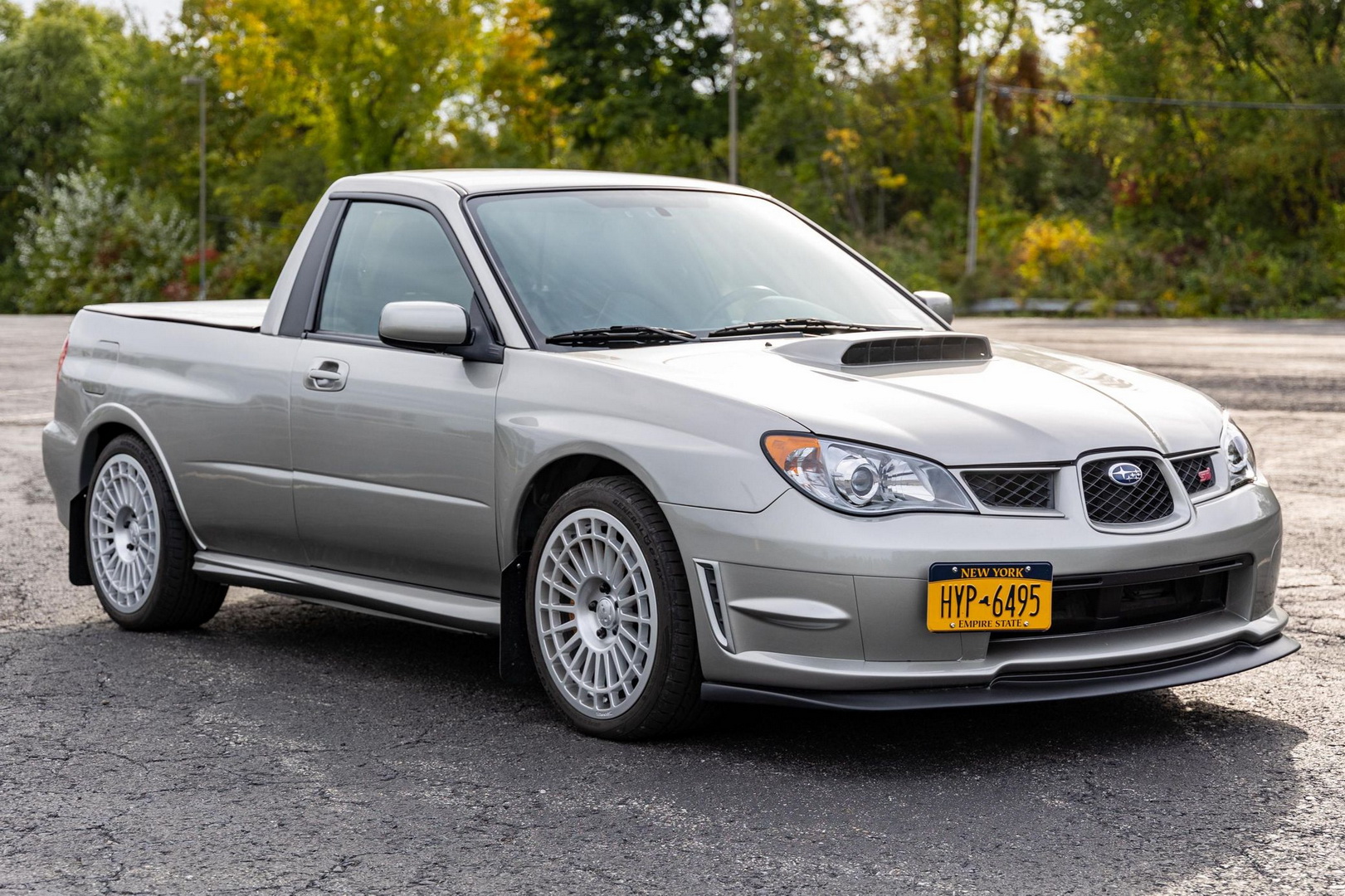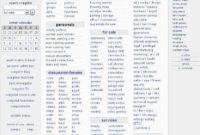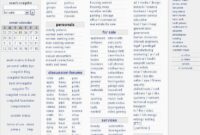Pickup Trucks Parts: A Comprehensive Guide to Your Workhorse’s Anatomy pickup.truckstrend.com
The pickup truck, a quintessential symbol of utility, ruggedness, and versatility, owes its enduring popularity to a sophisticated synergy of countless individual components working in harmony. From the smallest sensor to the mighty engine block, each part plays a critical role in defining the truck’s performance, safety, comfort, and capability. Understanding these components is not just for mechanics; it empowers owners to make informed decisions about maintenance, upgrades, and customization, ensuring their truck remains a reliable partner for work, adventure, or daily commuting. This comprehensive guide will delve into the intricate world of pickup truck parts, exploring their functions, importance, and how they contribute to the overall prowess of these remarkable vehicles.
The Anatomy of a Workhorse: Understanding Essential Components
Pickup Trucks Parts: A Comprehensive Guide to Your Workhorse’s Anatomy
A pickup truck is far more than just a cabin and a bed; it’s a complex machine comprising several interconnected systems. Each system is a collection of specific parts, designed to perform a particular function, contributing to the truck’s ability to haul, tow, navigate diverse terrains, and keep its occupants safe and comfortable.
I. Core Functional Components: Keeping the Wheels Turning
These are the fundamental systems that enable the truck to move, steer, and stop, forming the backbone of its operational capability.
A. Powertrain Components: The Heart and Soul
The powertrain is responsible for generating and delivering power to the wheels.
- Engine: The truck’s powerhouse. Key engine parts include the engine block (the main structure), cylinder heads (housing valves and spark plugs), pistons (converting combustion into linear motion), crankshaft (converting linear motion to rotational), camshaft (controlling valve timing), and various intake/exhaust manifolds. Modern engines often feature turbochargers or superchargers to boost power by forcing more air into the cylinders. Its health directly impacts performance, fuel efficiency, and reliability.
- Transmission: This system manages the power output from the engine, adjusting gear ratios to optimize speed and torque. Parts include gears, shafts, clutches (for manual transmissions), and torque converters (for automatics). A well-maintained transmission ensures smooth power delivery and fuel economy.
- Drivetrain: Comprising the drive shafts (transferring power to axles), differentials (allowing wheels to spin at different speeds during turns), and axles (connecting wheels to the differential). For 4×4 trucks, the transfer case is crucial, allowing the driver to engage four-wheel drive. These components ensure power reaches the ground effectively.

B. Suspension and Steering Systems: Control and Comfort
These systems dictate how the truck handles, its ride comfort, and its ability to absorb road imperfections.
- Suspension: Key components include shocks and struts (dampening oscillations), leaf springs (common in rear suspensions for heavy loads), coil springs (providing ride comfort), and control arms (connecting the wheel assembly to the chassis). A robust suspension is vital for load carrying, towing, and off-road capability.
- Steering: The steering rack and pinion (or steering gear box in older/heavy-duty trucks), power steering pump (assisting steering effort), and tie rods (connecting the steering system to the wheels) allow the driver to control the truck’s direction.
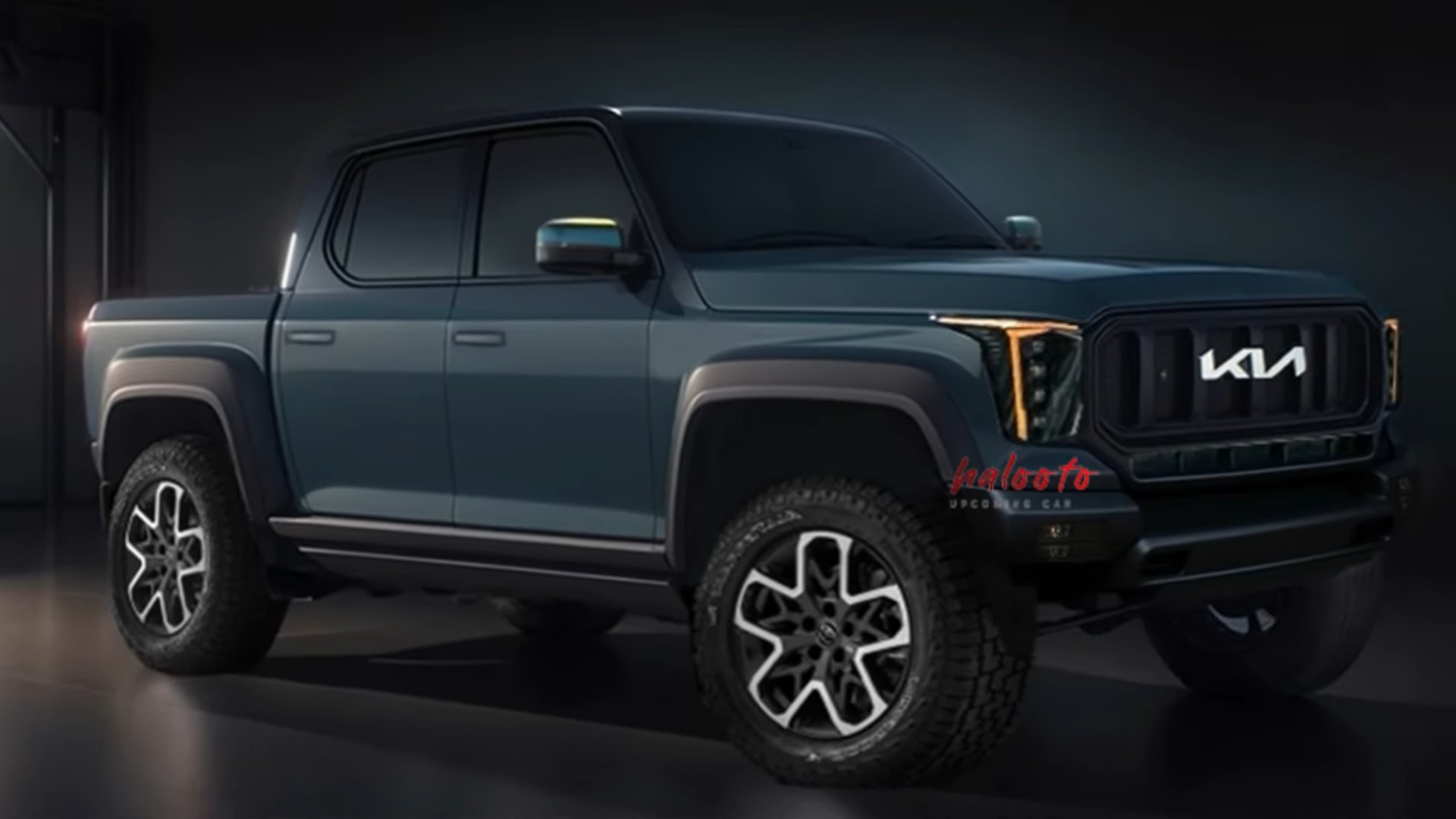
C. Braking System: Paramount for Safety
No system is more critical for safety than the brakes, ensuring the truck can stop reliably.
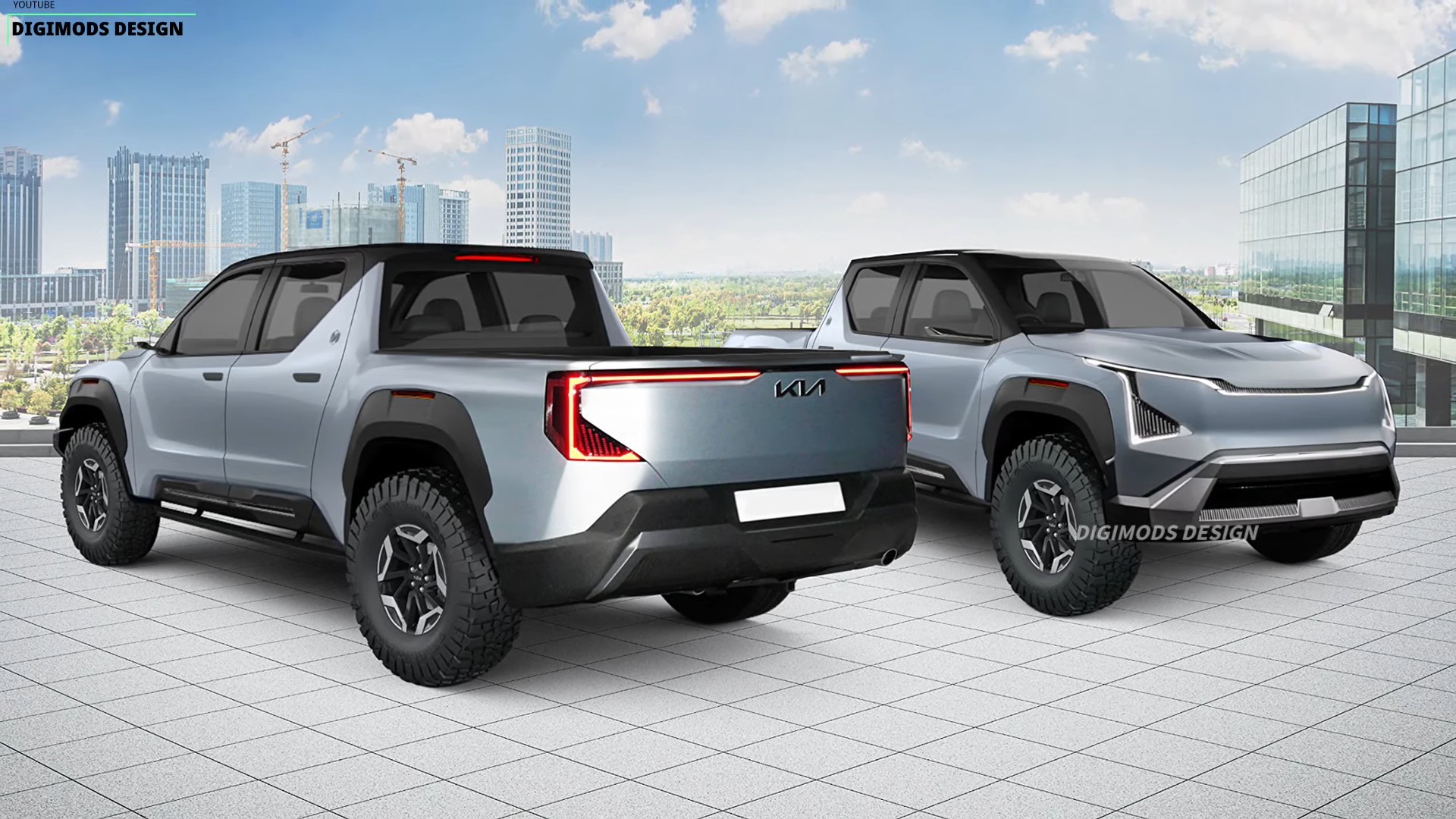
- Brake pads and rotors: The primary friction components. Pads press against rotors to slow the wheels.
- Brake calipers: Housings that contain the pistons which push the pads.
- Master cylinder: Converts pedal pressure into hydraulic pressure.
- Brake lines: Carry hydraulic fluid to the calipers.
- ABS components: Sensors and modules that prevent wheel lock-up during hard braking. Regular inspection and replacement of wear items like pads and rotors are non-negotiable.
D. Electrical System: The Nervous System
This intricate network powers everything from ignition to infotainment.
- Battery: Provides initial power for starting and powers accessories when the engine is off.
- Alternator: Recharges the battery and powers electrical systems while the engine runs.
- Starter motor: Engages the engine to start it.
- Wiring harnesses: Bundles of wires transmitting electrical signals and power.
- Sensors and ECU (Engine Control Unit): A multitude of sensors monitor engine and vehicle conditions, relaying data to the ECU, which optimizes performance and diagnostics. Lights, infotainment systems, and power accessories also rely heavily on this system.
E. Exhaust System: Managing Emissions and Noise
The exhaust system channels spent gases away from the engine, reducing noise and emissions.
- Exhaust manifold: Collects gases from engine cylinders.
- Catalytic converter: Converts harmful pollutants into less toxic substances.
- Muffler: Reduces engine noise.
- Exhaust pipes: Guide gases from the engine to the tailpipe.
II. Body and Exterior Components: Form Meets Function
These parts define the truck’s appearance, protect its occupants and cargo, and contribute to its utility.
- Truck Bed and Tailgate: The defining feature of a pickup. Parts include bed liners (protecting the bed floor), tonneau covers (securing cargo), toolboxes, and bed extenders. The tailgate itself has hinges, latches, and sometimes dampeners for ease of opening/closing.
- Cab Components: The truck’s cabin includes doors, windows, windshield, side mirrors, and the roof. Fenders, grille, and bumpers protect the vehicle’s front and sides while contributing to its aesthetic.
- Lighting: Headlights, taillights, fog lights, and turn signals are crucial for visibility and safety, both for the driver and other road users.
- Wheels and Tires: The truck’s connection to the road. Rims (wheels) come in various materials and designs. Tires are chosen based on intended use (e.g., all-terrain, mud-terrain, highway, winter) and are critical for traction, load capacity, and ride quality.
III. Interior Components: Comfort and Control
The interior is where the driver and passengers interact with the truck, focusing on comfort, ergonomics, and technology.
- Seats: Designed for comfort and support, especially on long hauls.
- Dashboard and Instrument Cluster: Houses gauges, warning lights, and controls.
- Steering Wheel: Provides control and often integrates infotainment and cruise controls.
- Infotainment System: Modern trucks feature advanced screens for navigation, audio, and connectivity.
- HVAC (Heating, Ventilation, Air Conditioning): Components like the blower motor, evaporator, condenser, and heater core ensure cabin climate control.
- Floor Mats: Protect the cabin floor and add to aesthetics.
IV. Performance and Aftermarket Parts: Enhancing Your Ride
The world of pickup truck parts extends far beyond OEM (Original Equipment Manufacturer) replacements. Aftermarket parts allow owners to customize, enhance performance, or adapt their trucks for specific tasks.
- Lift Kits and Leveling Kits: Modify suspension height for increased ground clearance or to level the truck’s stance.
- Performance Exhaust Systems: Improve engine breathing for more power and a sportier sound.
- Cold Air Intakes: Deliver cooler, denser air to the engine for better combustion.
- Tuners/Programmers: Remap the engine’s computer for optimized power, torque, or fuel efficiency.
- Heavy-Duty Suspension and Brakes: Essential for trucks regularly towing heavy loads or engaging in extreme off-roading.
- Custom Wheels and Tires: Beyond aesthetics, specific tire types drastically change a truck’s off-road or towing capabilities.
Benefits of Aftermarket Parts:
- Improved Performance: More horsepower, better braking, enhanced off-road capability.
- Customization: Personalize your truck’s appearance and functionality.
- Increased Utility: Tailor the truck for specific tasks like towing, overlanding, or heavy hauling.
Important Considerations:
- Compatibility: Ensure parts are designed for your specific make, model, and year.
- Legality: Some modifications (e.g., exhaust noise, emissions) may not be street-legal in all areas.
- Warranty Implications: Installing certain aftermarket parts might void portions of your factory warranty. Always check with the manufacturer or dealer.
- Professional Installation: Complex modifications often require professional expertise to ensure safety and proper function.
V. Maintenance and Replacement: Keeping Your Truck Running Strong
Regular maintenance and timely part replacement are crucial for the longevity, safety, and optimal performance of your pickup truck.
Tips for Longevity:
- Follow Manufacturer’s Schedule: Adhere to the maintenance intervals outlined in your owner’s manual.
- Regular Fluid Checks: Engine oil, transmission fluid, brake fluid, coolant, power steering fluid.
- Inspect Wear Parts: Regularly check tires, brakes, belts, hoses, and filters.
- Address Issues Promptly: Don’t ignore warning lights or unusual noises. Early intervention can prevent minor issues from becoming major, costly repairs.
Common Wear Parts and Replacement Frequency:
- Filters (Oil, Air, Fuel, Cabin): Generally every 5,000-15,000 miles, depending on conditions and type.
- Spark Plugs: Every 30,000-100,000 miles, varying by material (copper, platinum, iridium).
- Belts (Serpentine, Timing): Serpentine belts typically every 50,000-100,000 miles; timing belts often 60,000-100,000 miles (critical replacement to prevent engine damage).
- Hoses: Inspect annually for cracks or leaks; replace as needed.
- Brake Pads and Rotors: Depends heavily on driving style; pads typically last 20,000-70,000 miles, rotors often replaced every other pad change.
- Tires: Replace when tread wear indicators are visible or every 6 years, regardless of mileage.
- Wiper Blades: Every 6-12 months.
Challenges and Solutions:
- Identifying Correct Parts: Use your vehicle’s VIN (Vehicle Identification Number) when ordering parts to ensure compatibility. Online parts diagrams and professional parts counters are invaluable resources.
- Quality vs. Cost: OEM parts guarantee fit and often come with a warranty, but aftermarket alternatives can be more affordable. Research reputable aftermarket brands known for quality.
- DIY vs. Professional Installation: While some tasks (e.g., air filter replacement) are simple DIY, complex jobs (e.g., transmission repair, engine work) require specialized tools and expertise. Don’t hesitate to consult a certified mechanic for safety-critical components.
VI. Price Table: Estimated Costs for Common Pickup Truck Parts
(Note: Prices are highly variable based on truck make/model/year, OEM vs. aftermarket, brand, location, and labor costs for installation. These are general estimates for parts only.)
| Part Category | Specific Part | Estimated Price Range (USD – Part Only) | Notes |
|---|---|---|---|
| Maintenance | Engine Oil Filter | $5 – $25 | Crucial for engine health. |
| Air Filter | $15 – $40 | Affects engine performance and fuel economy. | |
| Cabin Air Filter | $15 – $50 | Improves interior air quality. | |
| Spark Plugs (Set of 6-8) | $40 – $150 | Varies by material (copper, iridium, platinum). | |
| Serpentine Belt | $30 – $100 | Powers accessories like alternator, power steering. | |
| Wiper Blades (Pair) | $20 – $60 | Essential for visibility. | |
| Braking System | Brake Pads (Axle Set) | $50 – $200 | Varies by material (ceramic, semi-metallic). |
| Brake Rotors (Each) | $40 – $150 | Often replaced with pads. | |
| Electrical | Car Battery | $100 – $250 | Lifespan typically 3-5 years. |
| Headlight Assembly (Each) | $100 – $500+ | Varies greatly by vehicle, LED/HID options. | |
| Suspension | Shock Absorber (Each) | $50 – $200 | Important for ride comfort and handling. |
| Leaf Spring (Each) | $150 – $400 | Common for rear suspension, especially for heavy loads. | |
| Body & Exterior | Side Mirror Assembly (Each) | $80 – $400+ | Features like power adjust, heating, turn signals increase cost. |
| Tailgate Damper/Assist Strut | $30 – $80 | Helps lower tailgate smoothly. | |
| Tires | All-Terrain Tire (Each) | $150 – $400+ | Size, brand, and load rating influence price. |
| Aftermarket/Upgrade | Soft Roll-Up Tonneau Cover | $200 – $600 | Enhances cargo security and aerodynamics. |
| Basic Leveling Kit | $50 – $200 | Raises front to match rear height. | |
| Cat-Back Performance Exhaust | $300 – $1200+ | Improves sound and minor performance gains. |
VII. Frequently Asked Questions (FAQ)
Q1: What’s the difference between OEM and aftermarket parts?
A1: OEM (Original Equipment Manufacturer) parts are identical to the parts your truck came with from the factory, made by the original supplier or the vehicle manufacturer. They guarantee fit, function, and quality. Aftermarket parts are produced by companies other than the original manufacturer. They can offer similar or even superior performance, often at a lower cost, and provide more customization options. The quality of aftermarket parts can vary significantly, so research is key.
Q2: How do I know which parts my truck needs?
A2: The most reliable way is to use your vehicle’s VIN (Vehicle Identification Number). Reputable parts suppliers (both online and brick-and-mortar) can use your VIN to identify the exact parts compatible with your specific make, model, year, and trim level. Your owner’s manual also lists recommended parts and fluids.
Q3: Is it cheaper to buy parts online or from a local store?
A3: Online retailers often have lower prices due to lower overheads and wider inventory. However, local auto parts stores offer the benefit of immediate availability, expert advice, and easier returns. For critical or urgent repairs, local stores are often preferred. For less urgent, non-specialized parts, online can be more cost-effective.
Q4: Can I install all parts myself?
A4: Many basic maintenance items like air filters, cabin filters, and wiper blades are simple DIY tasks. Some parts like brake pads, shocks, and batteries can also be done by experienced DIYers with the right tools and safety precautions. However, complex jobs involving the engine, transmission, or intricate electrical systems are best left to certified mechanics due to the specialized tools, diagnostic equipment, and expertise required. Safety is paramount.
Q5: How often should I replace common wear parts like filters and spark plugs?
A5: The best guide is your truck’s owner’s manual, which provides specific maintenance schedules based on mileage and time. General guidelines include: oil filters with every oil change (typically 5,000-10,000 miles), air and cabin filters every 15,000-30,000 miles (or more often in dusty conditions), and spark plugs every 30,000-100,000 miles depending on the type.
Q6: Do aftermarket performance parts void my truck’s warranty?
A6: Generally, no. The Magnuson-Moss Warranty Act states that a manufacturer cannot void your entire warranty simply because you’ve installed an aftermarket part. However, if an aftermarket part causes a failure in another component, the repair for that failure might not be covered under warranty. It’s always best to discuss significant modifications with your dealership or a trusted mechanic beforehand.
Conclusion: The Sum of Its Parts
A pickup truck is a testament to sophisticated engineering, where thousands of individual parts coalesce to create a highly capable and reliable machine. From the robust powertrain that delivers immense torque to the meticulously designed interior that cradles its occupants, every component serves a vital purpose. Understanding these parts empowers truck owners to appreciate the complexity of their vehicle, make informed decisions about maintenance and repairs, and even embark on exciting customization projects. By investing in quality parts and adhering to proper maintenance schedules, you ensure your pickup truck remains not just a mode of transport, but a steadfast partner ready for any challenge the road, or the off-road, throws its way. A well-maintained pickup isn’t just a vehicle; it’s a testament to durability and a commitment to adventure.
